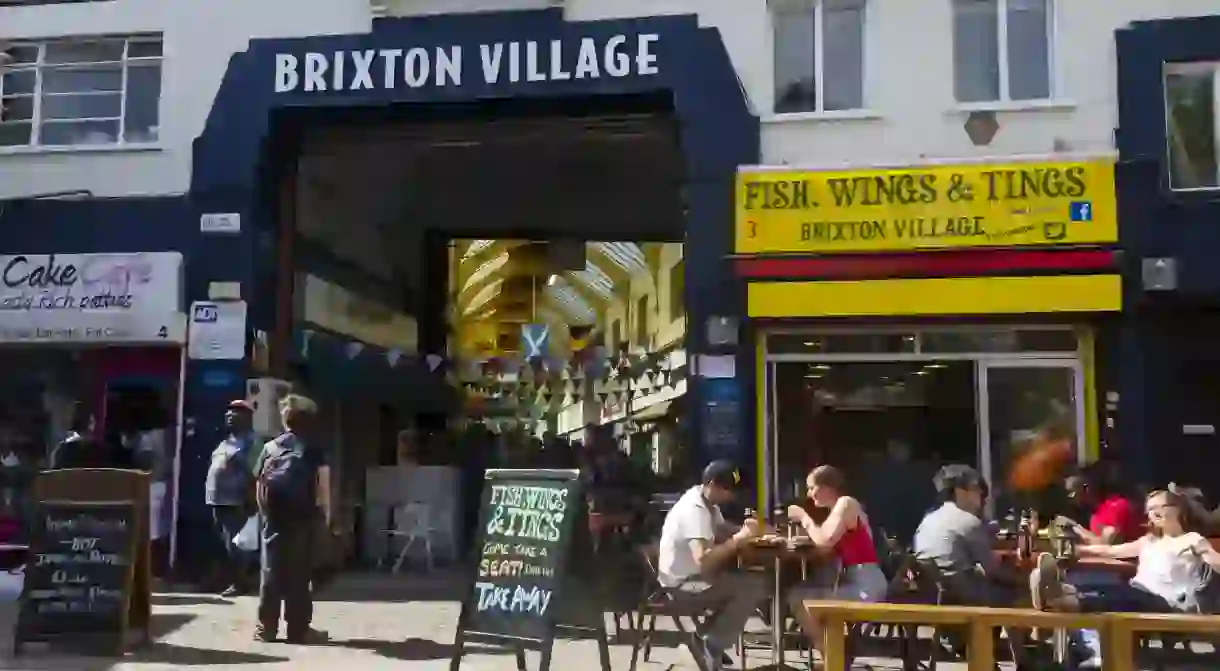A Neighbourhood Guide to Brixton, London

Known for its lively nightlife, central street market and Afro-Caribbean heritage, Brixton is a buzzing neighbourhood at the heart of south London. It’s also the capital of Afro-Caribbean culture in Britain – after the transformative arrival of the Windrush generation. Here’s how the locals enjoy it.
In the 1860s, the construction of a railway between Brixton and central London brought many middle-class families to the area; by the early 20th century, it was a thriving retail hub, with south London’s largest shopping centre, as well as pubs, cinemas and a theatre. After falling into post-war decline, the neighbourhood was transformed by the arrival of the Windrush generation in 1948. Caribbean-owned restaurants, shops and markets proliferated, and at the end of the 20th century, a square was renamed Windrush Square to celebrate its Afro-Caribbean community.
Brixton’s status as the beating heart of Britain’s Afro-Caribbean community can be seen everywhere – from the many Caribbean food stalls in Brixton market to the Black Cultural Archives on Windrush Square. However, gentrification has swept through many of London’s working-class neighbourhoods, and Brixton is no exception. Side by side with longstanding local businesses you’ll find artisan coffee shops, boutique clothes stores and pop-up food markets in shipping containers.
Despite this, Brixton retains its unique identity and cultural heritage. Large, colourful murals, painted by local artists, illuminate the walls of Brixton Hill and on the sides of houses on the neighbourhood’s residential streets. Century-old venues such as the Ritzy Cinema are standing strong, while at night, revellers file in and out of Brixton’s lively bars, pubs and underground music venues.
With continuous regeneration and the supersonic Victoria Line zipping passengers from Brixton to Oxford Circus in just over 10 minutes, today Brixton is more popular than ever. Though social divisions continue to plague the borough, it remains a neighbourhood with community at its heart, and continues to fly the flag for Afro-Caribbean culture and history in Britain.































